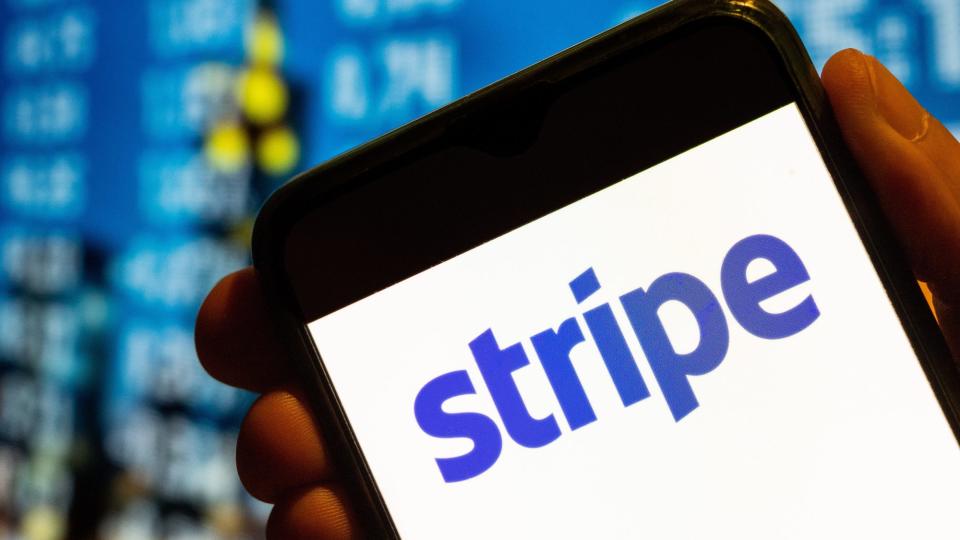Stripe expands Tap to Pay to Android, turning NFC-enabled Android devices into payment terminals

Stripe, the payments and financial services upstart, made waves in the world of mobile commerce last year when it became Apple's first payment partner for "Tap to Pay," the iPhone giant's move to turn any iOS device into a payment-making or payment-taking terminal. Now, Stripe is expanding that business by a factor of googol. From today, businesses that use Stripe Terminal to take in-person payments now will be able to carry out Tap to Pay transactions on NFC-equipped Android devices, too.
From what we understand, Stripe is the only payments company providing Tap to Pay on Android currently. (Apple's expanded its list, though, so Google likely will, too.)
It will support payment methods using Google Pay, Mastercard, Visa and American Express debit and credit cards; and it will integrate with third-party merchant platforms that typically provide bridging through to different segments of the small business community. Examples include Squire (focused on barbershops), Fareharbor (tours, activities, rentals), Oddle (restaurants) and GiveTap (cashless donations).
Tap to Pay is currently live in six markets -- U.S., Canada, the U.K., New Zealand, Australia and Singapore. Stripe plans to expand that list, but it declined to give a timeline on when and where that will happen. Expanding to these six countries is a sizable opportunity, though: collectively, those countries have 225 million Android users, as well as a very wide swathe of smaller businesses that might otherwise be reluctant to move to contactless payments if it means buying costly new hardware.
“Stripe’s launch of Tap to Pay on Android puts contactless payments hardware into the pockets of millions of businesses around the world. Now any business can set up in-person checkout in minutes,” said John Affaki, Terminal business lead at Stripe, in a statement.
The deal underscores how Stripe continues to ramp up the pace when it comes to transactions, revenue and eventually profit on its platform -- and maybe some of the pressure of needing to do this sooner rather than later.
Over the years, Stripe has raised hundreds of millions of dollars and its valuation has skyrocketed to $95 billion. Now, as it inches closer to an IPO, there are reports that it's trying to raise yet another big round of funding.
But it's doing so amid a wider tech downturn and increased competition, and this time it looks like it might be a big down round, estimated at between $55 billion and $60 billion. So building out services like Tap to Pay, which give Stripe more scale, is critical to the company's pitch that it still has a lot of growth and success in its future.
(Stripe declined to comment on the fundraising reports.)
Tap to Pay also is a signal of how Stripe has evolved over the years.
Stripe first made its name as a startup with a simple API that turned card payments into something that could be easily integrated into websites and apps -- revolutionary given the typical complexities of digital payments. Over the years, that extended into a wider set of financial, accounting and business management services for merchants and others covering company incorporation, sales tax, fraud management, cash advances, international expansions and more.
Stripe Terminal -- Stripe's big move into physical, point-of-sale transactions that's banked around hardware like card readers that integrate with Stripe's payment rails -- is also a part of that, and it's been a very lucrative one for growing the business, letting the company tap into (pun intended) the big opportunity of managing payments for the mass market of users who are not buying and selling goods and services online.
Stripe doesn't share how well Terminal is doing as a business unit, nor how much of Terminal's business is using Tap to Pay, but contactless transactions, it said, accounted for 54% of all Stripe Terminal transactions last year, and the bigger opportunity is indeed big: contactless transactions were collectively a $4.6 trillion business in 2022 and they are projected to be a $10 trillion business by 2027, Stripe said.
“Contactless payments are increasingly becoming the norm, therefore it's crucial that businesses of all sizes are able to accept this form of payment,” said Dong Min Kim, director of product management, Google Payments, in a statement. "Android devices already connect billions of people globally, and by teaming up with Stripe to support Tap to Pay, we are providing businesses who have Android devices an easy and cost-effective way to accept contactless payments from their customers."
The current footprint of Terminal is a logical roadmap for where Tap to Pay might go next: the service is live in Canada, France, Germany, Ireland, the Netherlands, Singapore, the U.K. and the U.S.; Australia, Austria, Belgium, the Czech Republic, Denmark, Finland, Italy, Luxembourg, New Zealand, Norway, Portugal, Spain, Sweden and Switzerland are all in beta.

 Yahoo Autos
Yahoo Autos 